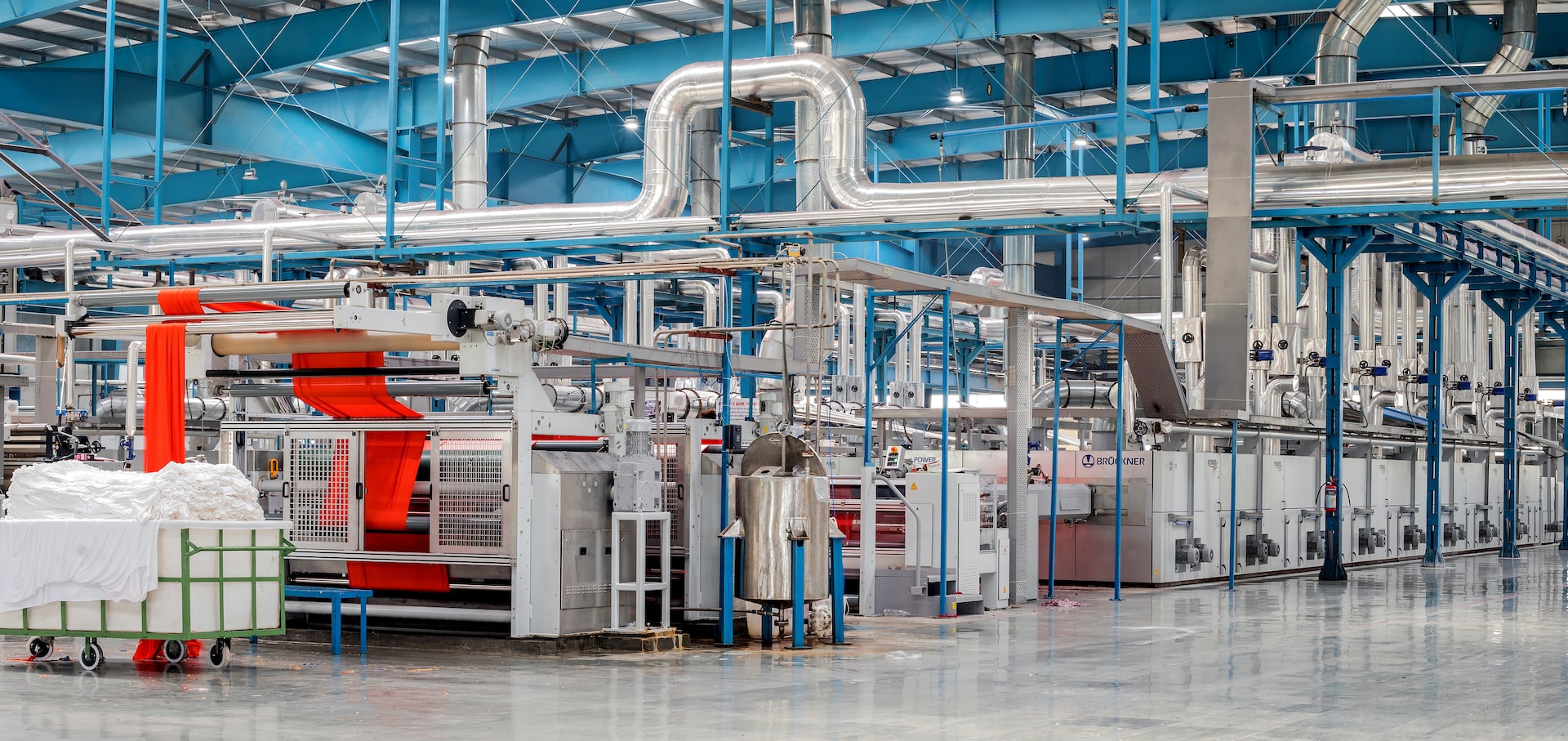A Unique Identifier: The Microbial Fingerprint
Every article of clothing you wear becomes a carrier of a unique identifier – not a fingerprint in the traditional sense, but a microscopic one. This fingerprint is composed of the vast community of bacteria and fungi that thrive on your body, creating a personal microbial signature. Researchers are discovering that this signature could be a game-changer in the world of forensic science.
Forensic Microbial Ecology: A New Frontier
By analyzing the microbial communities present on clothing, scientists believe they can identify the wearer with a high degree of accuracy. This emerging field, known as forensic microbial ecology, has the potential to revolutionize criminal investigations. Imagine a scenario where a crime scene yields an unknown article of clothing. By studying the microbial fingerprint on the garment, forensic investigators could potentially link the clothing to a specific individual, providing a crucial lead in the case.
Beyond Identification: Clues to Environment and Activities
The applications of forensic microbial ecology extend far beyond simple identification. Microbial communities can also offer clues about a person’s environment and activities. For example, the presence of certain bacteria might indicate exposure to soil or animals, while others could suggest a specific location or even dietary habits. This information can provide valuable context to a crime scene investigation, helping investigators piece together the puzzle of what transpired.
The Future of Forensic Microbial Ecology
It’s important to remember that forensic microbial ecology is still in its early stages. Researchers are actively working to refine the techniques used to analyze microbial communities and establish a robust evidence base. However, the potential of this new field is undeniable. As research progresses, microbial fingerprints on clothing could become a powerful tool in the fight against crime.







